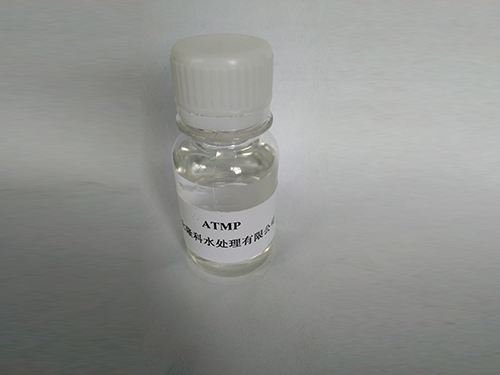Scale inhibitor
Scale inhibitor: it can disperse insoluble inorganic salts in water, prevent or interfere the precipitation and scaling of insoluble inorganic salts on the metal surface, and maintain good heat transfer effect of metal equipment. The invention is prepared by taking epoxy resin and specific amino resin as base materials, adding appropriate amount of various anti rust and anti-corrosion additives to form a single component. It has excellent shielding, impermeability, rust resistance, good scale resistance, thermal conductivity, excellent resistance to weak acid, strong alkali, organic solvents and other properties, strong adhesion, bright, flexible, compact and hard paint film.
Folding editing mechanism
From the mechanism of scale inhibitor, the scale inhibition effect of scale inhibitor can be divided into chelation, dispersion and lattice distortion. In the laboratory evaluation test, dispersion is the remedy of coupling effect, and lattice distortion effect is the remedy of dispersion effect.
Functional characteristics of high efficiency reverse osmosis scale inhibitor
It is not necessary to add additional acid, which can effectively avoid the corrosion of the equipment by acidic substances.
2 chelating effect is stable, can prevent iron, manganese and other metal ions on the membrane tube to form dirt.
It is suitable for all kinds of membrane tube materials.
The most economical scale inhibition control can be achieved with less dosage and lower cost.
It can reduce the cleaning of membrane and prolong the service life of membrane.

Folding chelation
Chelation is a process in which the central ion binds to two or more coordination atoms of the same polydentate ligand. As a result of chelation, scaling cations (such as Ca2 +, Mg2 +) react with chelating agents to form stable chelates, which prevent them from contacting with scaling anions (such as CO32 -, SO42 -, PO43 - and sio32 -), thus greatly reducing the probability of scaling. Chelation is stoichiometric, for example, the binding of an EDTA molecule to a divalent metal ion.
The chelating capacity of chelating agents can be expressed by the chelating value of calcium. In general, the commercial water treatment agents (the mass fraction of the following active components are all 50%, calculated by CaCO3): aminotrimethylphosphonic acid (ATMP) - 300mg / g; diethylenetriamine pentamethylene phosphonic acid (dtpmp) - 450mg / g; ethylenediamine tetraacetic acid (EDTA) - 15om / g; hydroxyethyl diphosphonic acid (HEDP) - 45 OM. In other words, 1mg chelating agent can only chelate calcium carbonate scale less than 0.5mg. If calcium and magnesium ions with total hardness of smm0fl need to be stabilized in the circulating water system, the chelating agent required is 1000m / L, which is economical and practical. Therefore, the contribution of scale inhibitor chelation is only a small part. However, the chelation of scale inhibitors plays an important role in medium and low hardness water.
Folding dispersion
The result of dispersion is to prevent the contact and agglomeration of oxide scale particles, thus preventing the growth of oxide scale. The scaling particles can be calcium and magnesium ions, hundreds of CaCO3 and MgCO3 molecules, dust, sediment or other water-insoluble substances. Dispersant is a polymer with a certain relative molecular weight (or degree of polymerization), and its dispersion is closely related to the relative molecular weight (or degree of polymerization). If the degree of polymerization is too low, the number of particles adsorbed and dispersed is small, and the dispersion efficiency is low; if the degree of polymerization is too high, the number of particles adsorbed and dispersed is too much, the water will be turbid and even form flocs (at this time, its effect is similar to that of flocculant). Compared with chelating method, dispersion is effective. The results show that 1 mg dispersant can make 10-100 mg scale particles exist stably in circulating water. In medium and high hardness water, the dispersion of scale inhibitor plays an important role.
Folded lattice distortion
When the hardness and alkalinity of the system are high, and the chelating agent and dispersant are not enough to prevent their complete precipitation, they will inevitably precipitate. If there is no solid scale on the surface of the heat exchanger, the scale will grow on the surface of the heat exchanger. If there is enough dispersant, the dirt particles (composed of hundreds of calcium carbonate molecules) are absorbed
-
The Ultimate Guide to Flocculants: Transforming Water TreatmentNewsNov.01,2024
-
Improve Your Water Treatment Solutions with PolyacrylamideNewsNov.01,2024
-
Enhance Your Water TreatmentNewsNov.01,2024
-
Empower You to Achieve the Highest Standards of Water QualityNewsNov.01,2024
-
Effective Scale InhibitorsNewsNov.01,2024
-
Discover the Power of Poly Aluminum Chloride in Water TreatmentNewsNov.01,2024





